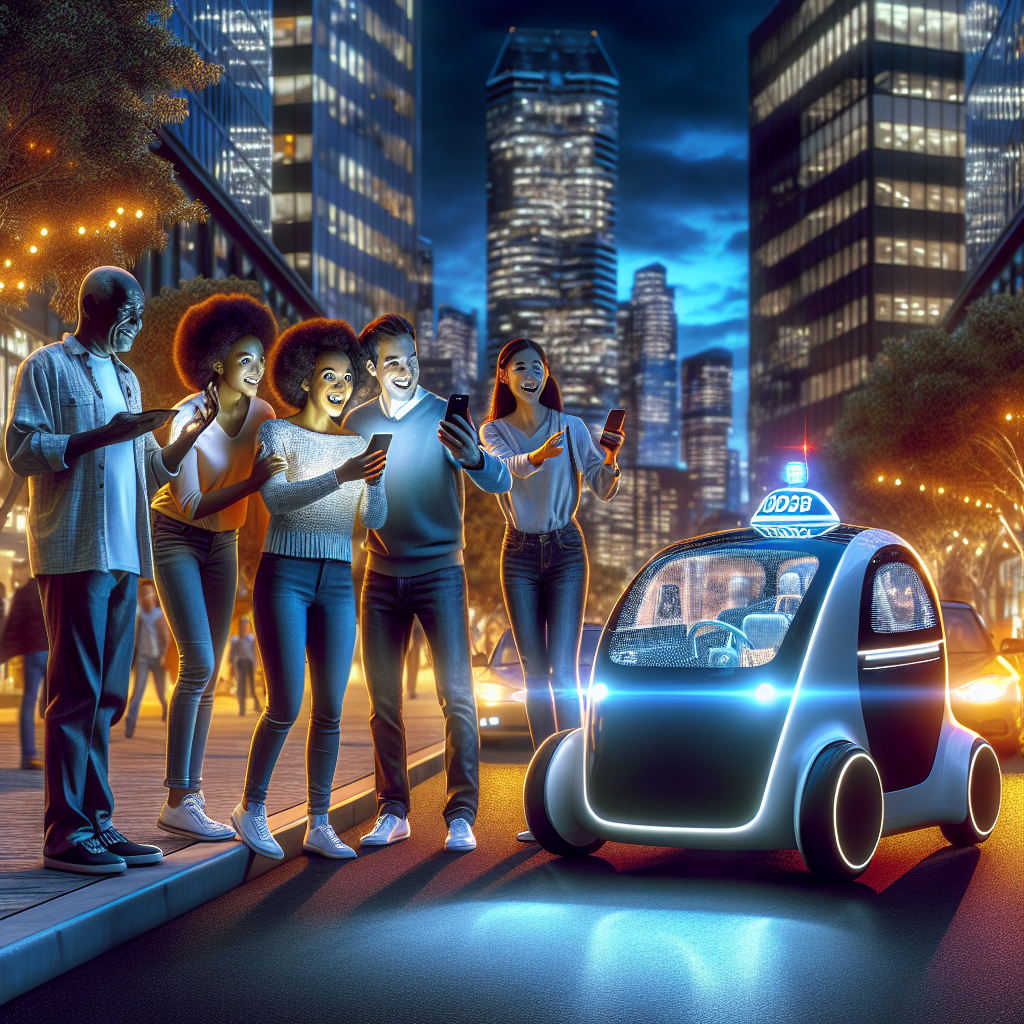Why Tesla’s Robotaxi May Spark a Consumer Revolution Against Self-Driving Cars
Understanding the Tesla Robotaxi: The Future of Autonomous Ridesharing
Introduction
In an ambitious stride towards the future, Tesla has made waves with its foray into the realm of robotaxis, a move that signals the company’s bold venture into reshaping urban mobility. With the rapid advancements in self-driving technology, the buzz around autonomous vehicles continues to grow exponentially. However, this evolution is not without its challenges, including privacy concerns, technological reliability, and regulatory hurdles, all contributing to a mixed reception among the public.
Background
As a vanguard in AI technology and autonomous vehicles, Tesla has consistently pushed the boundaries of what is possible in the automobile industry. Founded by tech mogul Elon Musk, Tesla’s history is steeped in innovation, with landmark achievements in electric vehicles and cutting-edge software integration. A robotaxi, as conceptualized by Tesla, is a self-driving vehicle designed primarily for ridesharing, intended to operate without a human driver. It represents a key strategy for Tesla to dominate the evolving urban mobility landscape, offering a glimpse into a future where traditional car ownership could be supplanted by autonomous ridesharing solutions.
Current Trend in Consumer Sentiment
Despite the technological marvel that Tesla’s robotaxis promise, consumer sentiment remains tepid. Recent survey data highlights significant skepticism towards self-driving cars, with 31% of respondents not considering a robotaxi ride at present source: Wired. Moreover, a staggering 65% of consumers were unaware of Tesla’s robotaxi launch, showing a significant gap in public awareness. Even more concerning, exposure to negative media coverage caused a 50% drop in interest, reflecting the precarious influence of media narratives on public perception.
The implications are manifold: Tesla’s market penetration relies heavily on consumer acceptance, and such statistics underscore a challenging path forward in shifting public sentiment toward embracing autonomous vehicles.
Insight from Industry Experts
Insights from the Electric Vehicle Intelligence Report (EVIR) shed light on these consumer dynamics, with analysts emphasizing the profound impact of self-driving criticism and an autonomous vehicle backlash. The media’s role in shaping these perceptions cannot be underestimated, as sensationalized reports often overshadow advancements in technology. This dynamic is reminiscent of the skepticism surrounding the initial introduction of smartphones; like that tech revolution, overcoming initial barriers may require persistent adaptation and education.
Future Forecast for Tesla and Robotaxis
Looking ahead, Tesla must navigate a delicate balance of technological refinement and consumer trust-building to mitigate the current consumer backlash. Advancements in AI technology are critical, potentially heralding more reliable and safe autonomous vehicles that could ease public skepticism over time. Furthermore, the market dynamics are increasingly competitive, with formidable rivals such as Waymo and Baidu already establishing footholds in the robotaxi sector.
These developments suggest a long but promising road ahead for Tesla, as its adaptation to consumer feedback and technological progression could redefine its position in the ridesharing industry.
Conclusion & Call to Action
Tesla’s journey into the robotaxi space embodies the intersection of innovation and public adaptability. As we continue to witness the unfolding narrative of autonomous vehicles, staying abreast of the latest Tesla news becomes paramount. Understanding the intricacies of how media influences consumer sentiment, and how companies like Tesla navigate these challenges, provides valuable insights into the path forward for AI-driven mobility.
We encourage readers to share their thoughts on the Tesla robotaxi initiative and engage in dialogue about its potential to reshape the ridesharing industry. For further insights into how consumer skepticism could impact Tesla’s strategic positioning, check out the related article on Wired. Let’s continue this discussion and explore how the future of transportation might unfold.







